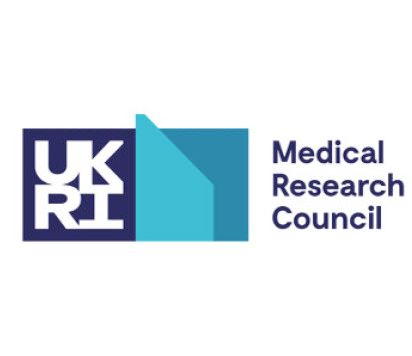
In June, we held a Photography Competition for all staff and students in the Centre.
The theme 'Photographs/images related to our research' was chosen to celebrate the Centre's exciting scientific endeavours. Thank you to everyone who submitted their work. See entries below!
Wildfire Circle - Brian Schilder (PhD Student: Skene lab)

"Transcriptomic data from 16k+ individual brain cells (shown as points) after reducing the dimensionality with a deep autoencoder and then arranging the data points in a circle. 5 million tracts are shown interconnecting these cells, where shorter tract length represents greater similarity in their molecular profiles."
Microglia and Amyloid Plaques - Callum Muirhead and the Multi-Omics Atlas Project team

"Imaging mass cytometry image of amyloid plaques (red) and microglia (cyan)."
 "Co-localization of amyloid plaques and microglia (white)."
"Co-localization of amyloid plaques and microglia (white)."
iPSC Derived Neuron - Emma Mee-Hayes (Research Associate: Ye lab)

"iPSC Derived Neuron. Stained for MAP2 (green), LMP7 (pink) and PSMB2 (red)."
Golden Brain - Brian Schilder (PhD Student: Skene lab)

"3D surface reconstruction of the brain of the artist from 2D structural MRI scans, rendered with three.js."
Alpha-synuclein Aggregates - Michael Morton (Research Associate: Ye lab)

"Super-resolved alpha-synuclein aggregates deposited on a glass slide"
iPSC Derived Neural Stem Cells - Emma Mee-Hayes (Research Associate: Ye lab)

"iPSC Derived Neural Stem Cells. Stained for Nestin (Green) and Pax6 (Red)."
Wildfire - Brian Schilder (PhD Student: Skene lab)

"Transcriptomic data from 16k+ individual brain cells (shown as points) after reducing the dimensionality with a deep autoencoder and Uniform Manifold Approximation and Projection (UMAP). 5 million tracts are shown interconnecting these cells, where shorter tract length represents greater similarity in their molecular profiles."
Day 115 iPSC derived Astrocytes - Daniel Clode (Research Technician: Matthews lab)

"Day 115 iPSC derived Astrocytes – Green is GFAP and Blue is DAPI staining. Achieved with Immunocytochemistry, by myself and my masters student Crystal Wing Yan"


Geneshot - Brian Schilder (PhD Student: Skene lab)

"The majority of Parkinson's disease (PD) genetics research has focused on a relatively small number of genes. Above, are the top 75 most commonly mentioned genes in the PD literature. Genes were gathered using Geneshot) and then reduced with Uniform Manifold Approximation and Projection (UMAP) based on their co-occurences."
Geology of Biology - Brian Schilder (PhD Student: Skene lab)

"Human biology can be thought of as geological layers, with observable phenotypes being the uppermost layer, and genomic DNA being the bottommost layer. The deeper layers have ripple effects all the way up to phenotypes. These cause-and-effect relationships between layers are extremely complex and often be non-linear, especially between distant layers (e.g genome vs. phenotype). The atmosphere (not shown) represents the environment (e.g. toxin exposure), which can also have effects on biology. Furthermore, phenotypes (e.g. behaviour) can have cascades of downstream effects on lower layers.
The complex landscape of observable phenotypes, with a constellation of disease-associated subtraits (e.g. Parkinson’s disease symptoms) represented by red lines."
Amyloid Warhol - Huzefa Rupawala (Ye lab)

"This artwork is inspired by the famous artist, Andy Worhol.
This work is entitled 'Amyloid Worhol'. The image depicts a multicolour super-resolved amyloid-beta plaque from the App-NL-G-F triple knock-in mouse model."
Neon Brain - Brian Schilder (PhD Student: Skene lab)

"3D surface reconstruction of the brain of the artist from 2D structural MRI scans, rendered with FreeSurfer."

